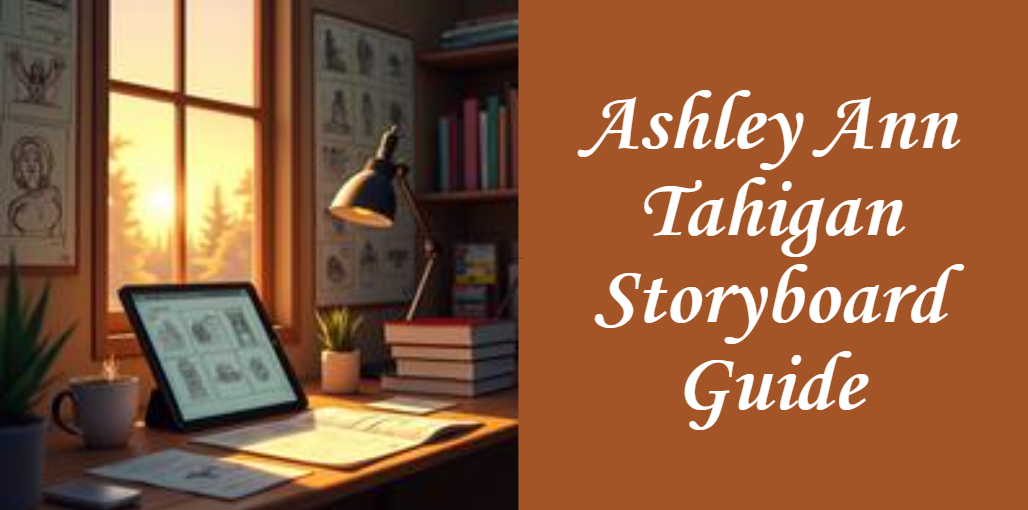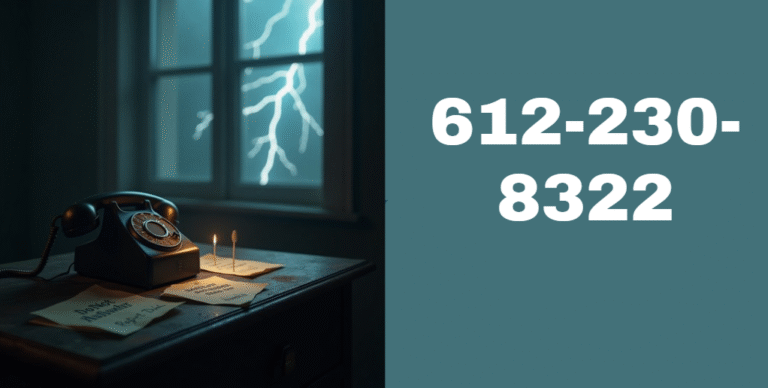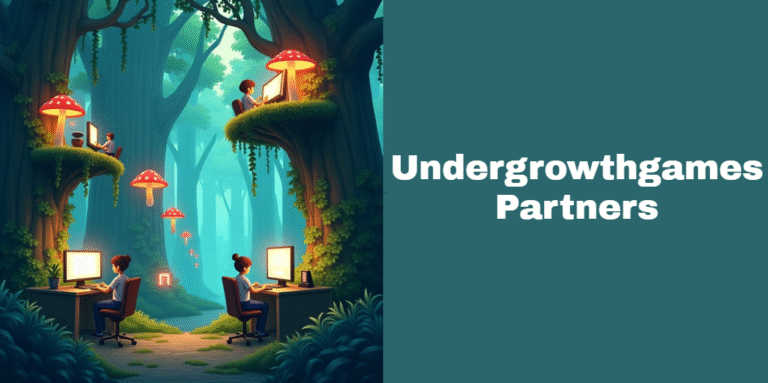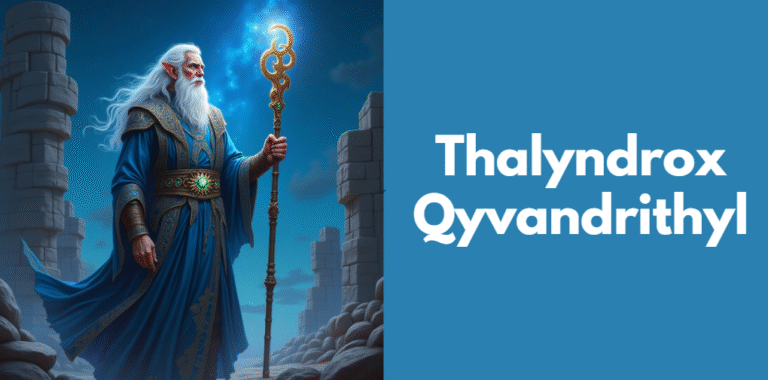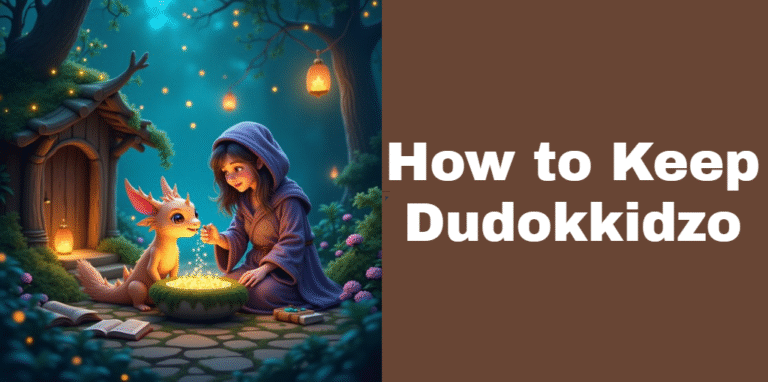Mastering Visual Storytelling with the Ashley Ann Tahigan Storyboard Guide
Visual storytelling is one of the most powerful communication tools in the creative industry, and storyboarding is its backbone. The Ashley Ann Tahigan Storyboard Guide offers a structured, creative, and highly adaptable approach to planning visual narratives. Whether you are crafting an animated series, working on a short film, or designing a game, this guide provides a practical blueprint for turning ideas into compelling sequences.
Ashley’s method stands out for its emotional clarity, collaborative flexibility, and clean visual logic—qualities that have earned her recognition in some of the most successful modern animation projects.
About the Author
Ashley Ann Tahigan is a well-known storyboard artist, writer, and director from Hawaii. With Filipino-American roots and a deep appreciation for character-driven stories, Ashley has left a lasting mark on the animation industry. She is best known for her work on popular series such as Craig of the Creek and HOME: Adventures of Tip & Oh. Her experience spans both hands-on artistic creation and creative leadership, making her guide invaluable to aspiring and professional storytellers alike.
What Is a Storyboard?
A storyboard is a visual outline of a narrative, laid out frame by frame like a comic strip. It helps directors, animators, and teams visualize the flow of a scene before production begins. The storyboard contains illustrations or images that depict characters, camera angles, timing, and dialogue—allowing creators to test storytelling choices before investing time in full production. In the Ashley Ann Tahigan storyboard guide, this process becomes even more refined with emotional cues, motion direction, and character interaction emphasized in every frame.
Why Choose This Guide?
The Ashley Ann Tahigan storyboard guide is tailored to simplify complex creative workflows. It provides a reliable structure for managing creative ideas while maintaining room for innovation. Unlike overly technical methods, this guide emphasizes emotion, intention, and clarity—qualities that resonate with audiences. Its step-by-step format ensures that even beginners can produce high-quality boards with professional polish.
Core Structure and Workflow
Ashley’s guide divides the storyboarding process into clear, manageable steps that align closely with real production pipelines.
Stages of Storyboarding:
| Stage | Description |
|---|---|
| Understanding Script | Analyze the story to determine tone, pacing, and key moments. |
| Scene Breakdown | Divide the script into visual beats or narrative chunks. |
| Thumbnail Sketching | Create quick, small frames to explore visual options without detail stress. |
| Refined Framing | Choose key shots and build polished versions of thumbnails. |
| Final Panels | Produce detailed storyboard panels with notes, camera cues, and timing. |
This layered workflow helps storyboard artists iterate efficiently and communicate effectively with directors, editors, and animators.
Fundamentals: Composition and Camera Work
A major strength of the Ashley Ann Tahigan storyboard guide is its clear explanation of how to use composition and camera work to shape narrative flow. Composition refers to how elements are arranged in the frame—characters, backgrounds, props, and negative space. Meanwhile, camera techniques help direct viewer attention and emotional tone.
For example, wide shots establish location and group dynamics, medium shots highlight character interaction, and close-ups reveal emotion. Dutch angles can introduce tension or disorientation, while overhead views give a god-like perspective. These cinematic principles are translated into clear, readable frames in Ashley’s method.
Conveying Motion and Timing
Movement is essential in animation and visual storytelling. Ashley’s guide emphasizes motion clarity through techniques like motion lines, directional arrows, and spacing between frames. Motion blur, squash-and-stretch exaggerations, and character overlap can add depth and life.
One critical insight from the Ashley Ann Tahigan storyboard guide is the importance of rhythm—timing when to pause, accelerate, or repeat visual beats for dramatic or comedic effect. Proper timing ensures viewers don’t miss important expressions or story developments.
Character Expression and Blocking
Characters are at the heart of every story. Ashley emphasizes strong expressions and purposeful blocking to convey emotion and relational dynamics. Expression sheets, gesture drawing, and facial studies help convey joy, fear, anger, or confusion in just a few strokes.
Blocking refers to the positioning of characters within the environment and relative to one another. The guide stresses how proximity, angles, and body orientation reflect story beats. For example, two characters standing far apart might imply emotional distance or conflict.
Notes, Annotations, and Collaboration
Storyboards are communication tools, not just artwork. That’s why Ashley’s method includes space for detailed notes, sound cues, and camera directions. These annotations bridge the gap between artist and production team.
Collaboration is another key principle in the Ashley Ann Tahigan storyboard guide. Clear labeling, version control, and feedback cycles ensure that revisions don’t cause confusion. Whether using traditional paper boards or digital platforms, good communication practices are central to success.
Essential Tools and Software
Ashley’s guide is platform-agnostic. You can start with paper and pencil or use advanced digital tools depending on your workflow.
Common Tools:
| Type | Tools |
|---|---|
| Traditional | Pencils, markers, sketchbooks, post-it notes |
| Digital | Storyboard Pro, Photoshop, Procreate, Krita, Toon Boom, Adobe Animate |
| Planning | Celtx, Trello, Frame.io, Google Docs for feedback & scheduling |
This flexibility makes the guide suitable for indie creators, students, and large studios alike.
Advanced Techniques
Beyond basic composition, Ashley’s guide explores lighting, color scripts, and stylized storytelling. These are used not just for mood but to enhance narrative clarity. For example, a cold color palette might evoke isolation, while high contrast could suggest internal conflict.
In more experimental projects, techniques like VR panels, motion boards, or even AI-generated sketch frames can expand creative boundaries. These extensions of the Ashley Ann Tahigan storyboard guide allow artists to push storytelling into new media frontiers.
Applications Across Industries
Though rooted in animation, the Ashley Ann Tahigan storyboard guide applies across creative industries. Its storytelling-first approach makes it ideal for:
- Film production: Blocking scenes, visualizing camera angles
- Video games: Planning cutscenes, tutorials, and gameplay flows
- Advertising: Storyboarding commercials and pitches
- Education: Teaching media literacy and communication
- UX/UI design: Designing narrative walkthroughs and user interactions
Case Studies
Craig of the Creek
Ashley brought emotional nuance to this Cartoon Network series using expressive characters, intimate framing, and playful pacing. Her storyboards captured complex kid emotions with clarity and relatability.
HOME: Adventures of Tip & Oh
In this Netflix original, Ashley’s boards helped merge high-energy sci-fi with heartwarming character moments. Her timing and shot variation supported both humor and world-building.
Common Pitfalls and How to Avoid Them
Even experienced storyboard artists can fall into common traps. Ashley’s guide provides strategies to avoid:
- Skipping thumbnails: Leads to rigid, underdeveloped boards
- Overcrowded panels: Makes actions and emotions unclear
- Flat angles only: Reduces visual interest and drama
- No character blocking: Confuses audience about relationships
- Lack of notes: Breaks collaboration and production flow
Tips for Beginners
Ashley’s advice to beginners includes starting with rough sketches, studying real film and animation sequences, and keeping a feedback loop open. Don’t be afraid to redraw a scene multiple times—storyboards are about iteration, not perfection.
Practice by storyboarding short stories, film scenes, or even daily events. Over time, your sense of timing, emotion, and visual balance will improve.
Storyboard for Emotion
One of the standout features of the Ashley Ann Tahigan storyboard guide is the focus on emotional impact. Each shot should answer the question: What is the character feeling, and how can we show that visually?
Using close-ups, contrast lighting, symbolic positioning, or silence between frames are all ways to evoke mood. Ashley emphasizes that emotion is more important than detail—if the viewer feels something, the board is successful.
Review and Iteration Cycle
Professional storyboards go through many drafts. Ashley’s process includes structured review sessions where feedback is collected and boards are revised. Digital tools like version control, shared cloud folders, and scene checklists streamline this process.
This iterative loop ensures the final storyboard serves both narrative intent and production clarity.
Conclusion
The Ashley Ann Tahigan storyboard guide is more than a technical manual—it’s a philosophy of storytelling. From thumbnail sketches to emotional arcs and collaborative revisions, it provides a roadmap that empowers creators at every level. By focusing on clarity, empathy, and craft, Ashley’s method elevates storyboarding into an expressive and practical artform.
FAQs
Who is Ashley Ann Tahigan?
A storyboard artist, writer, and director known for her work in animation, especially Craig of the Creek and HOME: Adventures of Tip & Oh.
Is this guide beginner-friendly?
Yes. The Ashley Ann Tahigan storyboard guide is designed to be approachable while offering insights useful to professionals.
What is storyboard-for-emotion?
A technique emphasizing emotion in every shot—using visual tools to reflect what characters are feeling.
Can this be used in schools or classrooms?
Absolutely. The method is well-suited for teaching narrative structure, visual thinking, and media literacy.
Does it include exercises?
Yes. Thumbnail drills, scene breakdowns, and re-storyboarding known films are common exercises.
Additional Posts
Is 309-207-7105 a Scam? Full Breakdown, Reports & How to Stay Safe
Unveiling the Power of the JKUHRL-5.4.2.5.1J Model: A Quantum Leap in AI and Analytics
Endeavor Pro V1 vs V2: Complete Comparison of Features, Performance, and Value
Munchabilies THC Trippy: The Ultimate Guide to Psychedelic Cannabis Edibles
